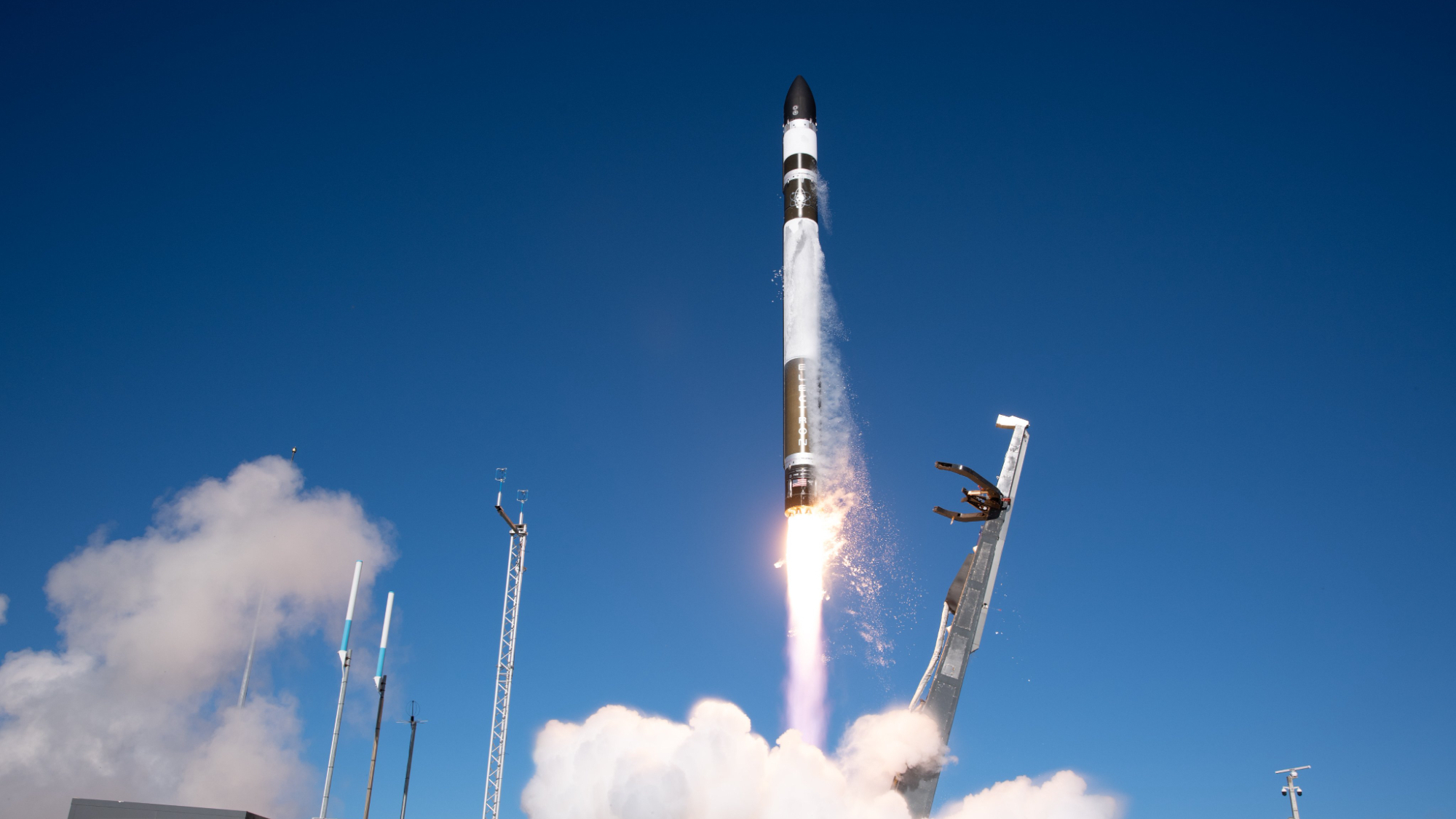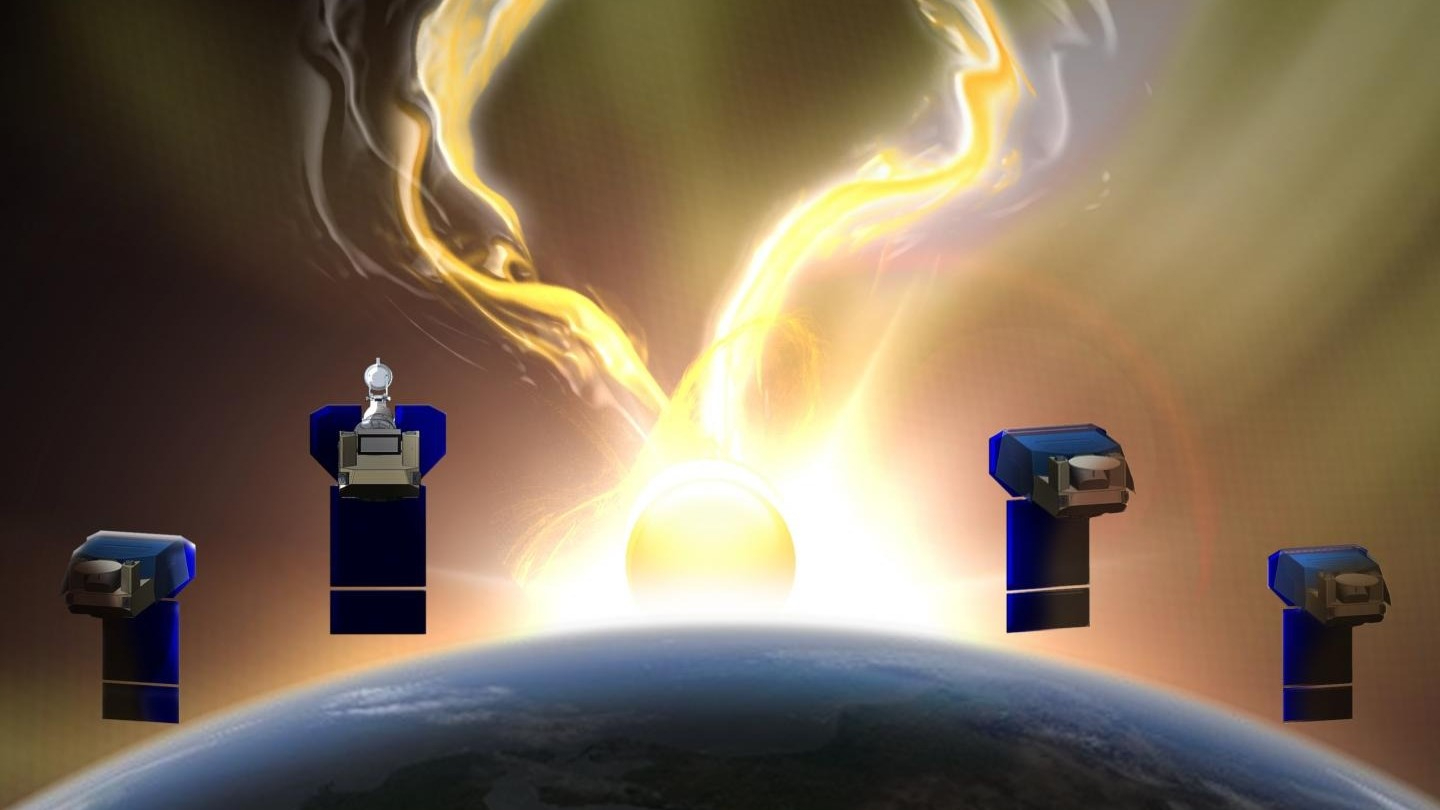What Happens If You Die In Space?
There are no two ways about it—space will kill you if you give it half a chance. More than land, sea, or air, the space environment is entirely hostile to …read more
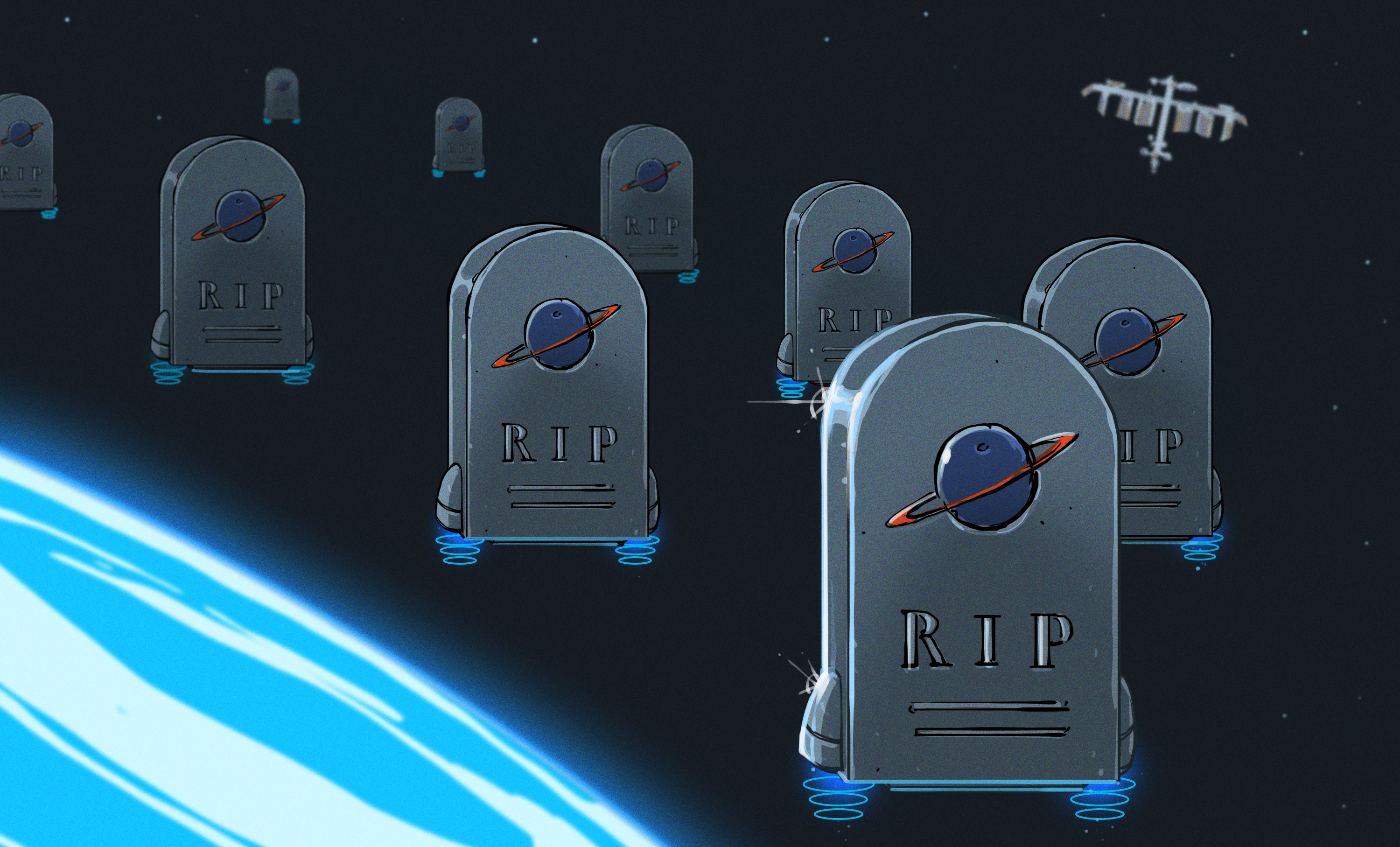
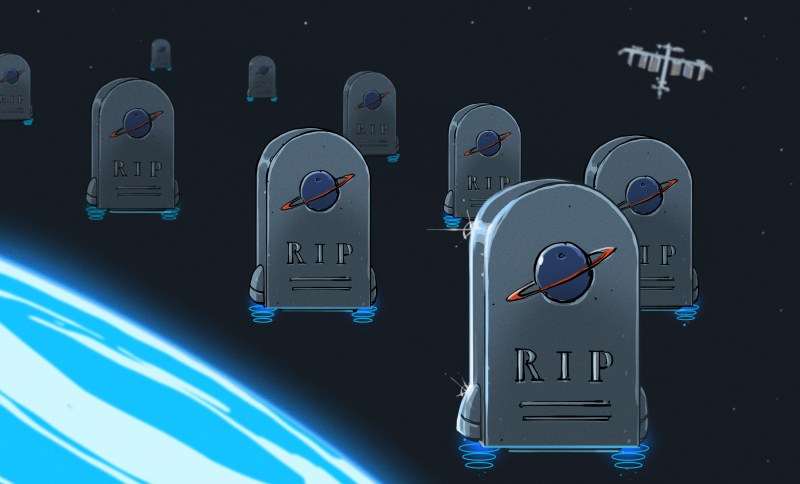
There are no two ways about it—space will kill you if you give it half a chance. More than land, sea, or air, the space environment is entirely hostile to human existence. Precision-engineered craft are the bare minimum just to ensure human survival. Even still, between the vacuum, radiation, micrometeorites, and equipment failures, there are plenty of ways for things to go catastrophically wrong beyond Earth’s atmosphere.
Despite the hazards, most spacefaring humans have completed their missions without injury. However, as we look to return to the Moon, tread on Mars, and beyond, it’s increasingly likely that future astronauts could pass away during longer missions. When that inevitably happens, the question is simple—how do you deal with death in space?
Unlikely, But Possible
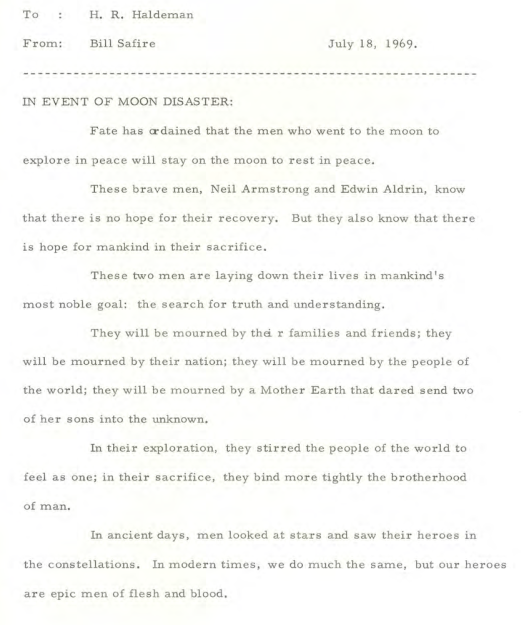
Death almost never occurs during space missions. That’s a testament to the hard work and engineering prowess of space agencies around the world. As of early 2024, 644 people have reached space by the FAI definition—crossing the Kármán line at 100 kilometers above the Earth’s surface.
Of all of those people, just 18 have died during a mission. In each case, the mission ended with the deaths of the entire crew, and usually the destruction of the spacecraft itself. Notably, only once incident occurred above the Kármán line—during the Soyuz 11 mission, when the crew capsule underwent decompression in space.
In a total mission loss, where a vehicle has crashed or life support has failed, it has been left up to support crews to recover the remains of those involved. They are then handled with the usual deference and respect as per the cultures of those involved. The procedure is ultimately no different from any other sort of traumatic emergency event involving loss of life.
Often, practical rescue or recovery has been impossible for the most ambitious space missions, making it a moot point. Failure was often total. President Nixon famously had a speech on hand if the Apollo 11 mission didn’t go to plan and the astronauts got stuck on the Moon. Sombre words were all that was on offer; there was no more that could be done in the event of calamity.
Practical Realities
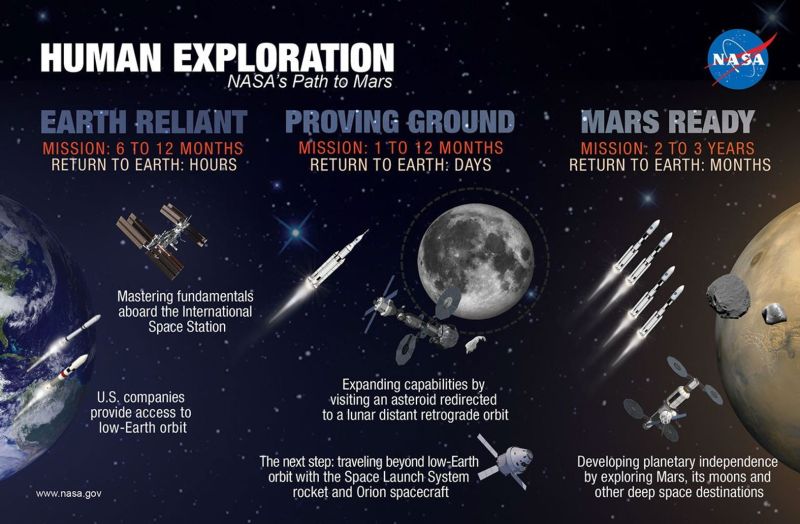
Future space missions, however, could see more difficult situations arise. When a whole crew or entire spacecraft is lost, it’s a tragedy, and there is little to do but pick up the pieces and mourn those lost. The problem becomes multifaceted when there is only a partial loss, such as one member of a larger crew—and their body or remains must be dealt with.
Imagine a mission to Mars. With our primitive technology, it would involve months of travel there, and many months back—not counting any time spent on the surface. Outside of accidents or equipment failure, the sheer length of the mission provides plenty of time for old-fashioned human fallibility to claim the lives of one or more crew members. A heart attack, a burst appendix, or even just choking on food could see an astronaut die, while the rest of the crew are left to deal with the loss of their fellow crew member.
On Earth, these problems are easily dealt with. If you die on land, you’re sent to a mortuary, and later interred, cremated, or dealt with in whatever way your next of kin or culture sees fit. If you pass on a plane, there are simple routines for dealing with your body until it can be delivered to the relevant authorities. On a ship, it’s much the same, and there’s also the tradition of burial at sea which is both well-established and particularly expeditious.
The logistics of space travel don’t present such convenient options. The body of a dead crew member presents multiple issues. Beyond the problem of decomposition and biohazard, there’s also the psychological ramifications for the other astronauts having to share a cramped craft with their deceased colleague. Simple solutions are out, too. UN regulations effectively forbid simply releasing bodies into space, particularly in orbits around Earth; even just the space junk problems make that a non-starter. Even if we were to make it to the Moon, or Mars, it’s not as simple as burying a body, either. At our early stage of exploration, it would be considered incredibly poor form to contaminate another planet or moon in this way. It could destroy a great deal of scientific value, and flies in the face of proper quarantine rules.

NASA did develop one solution, at least to the back-of-the-envelope level. It worked with a green burial company called Promessa on a tidy and compact solution for dealing with astronaut deaths in space itself. The concept involved placing the deceased inside a GoreTex bodybag, and then placing the bag outside the craft, using the cold vacuum of space to freeze the body to incredibly low temperatures. The body would then be vibrated to the point it shattered and decomposed into something approximating a powder. Imagine smashing a flower frozen with liquid nitrogen, and you’re getting the right idea.
From there, the remains would be dehydrated until the bag contained just 25 kilograms or so of non-descript human remains. This solution was lightweight, which is critical for spaceflight, and solved the problem of decomposition and biohazard. It also saved space on the craft and avoided astronauts needing to bunk next to a decaying corpse of a fellow crew member. Beyond the study, NASA never developed this to a working viable capability.
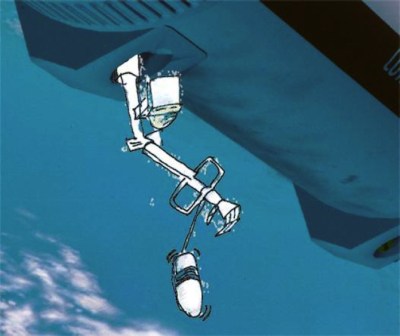
Realistically, deaths in space will be dealt with on a case-by-case basis. In more recent years, NASA has spent some time refining its position on the topic, and astronaut Chris Hadfield noted that practice exercises referred to as ‘death sims’ are carried out, so crews don’t go in entirely unprepared. But ultimately, the specifics of any given situation will guide the response. An astronaut that dies during an extravehicular activity might be left in their spacesuit, as the airtight garment might ease conditions during their transport back to Earth, for example. Forensic examinations may take place, too, and basic funeral rites or similar may be undertaken. In extreme cases on longer missions, burial on planetary surface or airlock jettison may be considered to maintain viable conditions for the rest of the crew, even if regulations officially don’t allow it.
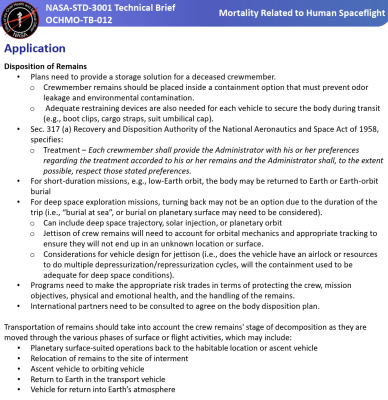
Death is never easy to deal with. Space travel just adds a whole lot of complications that make it a practical and logistical headache, beyond the usual grief and psychological trauma. It’s unlikely to get any easier, and space agencies will be hoping their prepared procedures will remain untested as long as possible as we continue to reach for the stars.

















_Agata_Gładykowska_Alamy.jpg?#)






